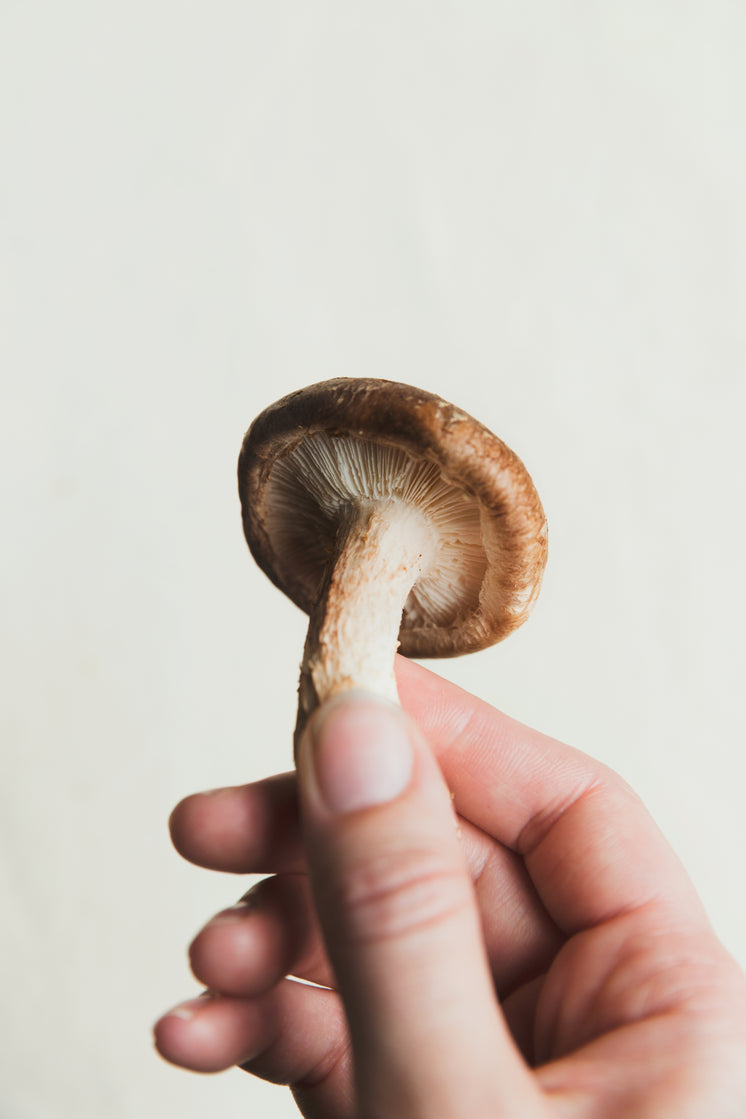 Psilocybe Cubensis 提示信息 – Discuz! Board Growing Psychedelic Mushrooms
Psilocybe Cubensis 提示信息 – Discuz! Board Growing Psychedelic Mushrooms
Psilocybe Cubensi is a good option if you’re looking to cultivate your own Psychedelic mushroom. It is easy to cultivate and has a substantial psilocybin content, and is widely available. There are a variety of factors to consider when cultivating this fungus. These factors include pH levels and substrate. These guidelines will assist you grow this mushroom.
The psychedelic mushroom
The psychedelic mushroom psilocybin can vary ten-fold from a particular type to the next and the same type of mushroom could be as much as four times as potent as another type. The body converts psilocin into psilocin , which allows it to be determined how potent the psilocybin.
Easy to grow
The Psilocybe cuben-sis mushroom grows naturally in the wild in large clusters. The color of the Psilocybe cuben-sis mushroom varies the kind of substrate used. It is safe to assume that all colors are free of contamination. Of all the varieties of the Psilocybe cubensis mushroom The Z strain is the most popular and commercially feasible.
Contents of high psilocybin
The high amount of psilocybin in Psilocybe cubenses makes it an excellent choice for beginners. This strain was found close to Angkor Wat, Cambodia. It has small, brown fruiting bodies with pale spots on them. It is quick-growing and prefers slightly warmer climates. It is also renowned for its power. Users have reported high energy and a positive outlook.
Non-psilocybin species
Psilocybe cubensi, a psychedelic mushroom, is also known as the liberty cap. It is found in the grasslands and forests of North American. Its cap is brown or reddish. It is difficult to grow indoors. Psilocybe semilanceata is the non-psilocybin version of psilocybe Cubensis. It grows on grassy fields and is also called liberty cap.
Other psilocybe species
Numerous molecular studies have confirmed the polyphyly of Psilocybe. The genus is divided into two groups blue-blued hallucinogenic and non-hallucinogenic species like Panaeolus Semilanceata. This morphological separation would render P. semilanceata unnameable. However, several authors have advocated for or against the idea.